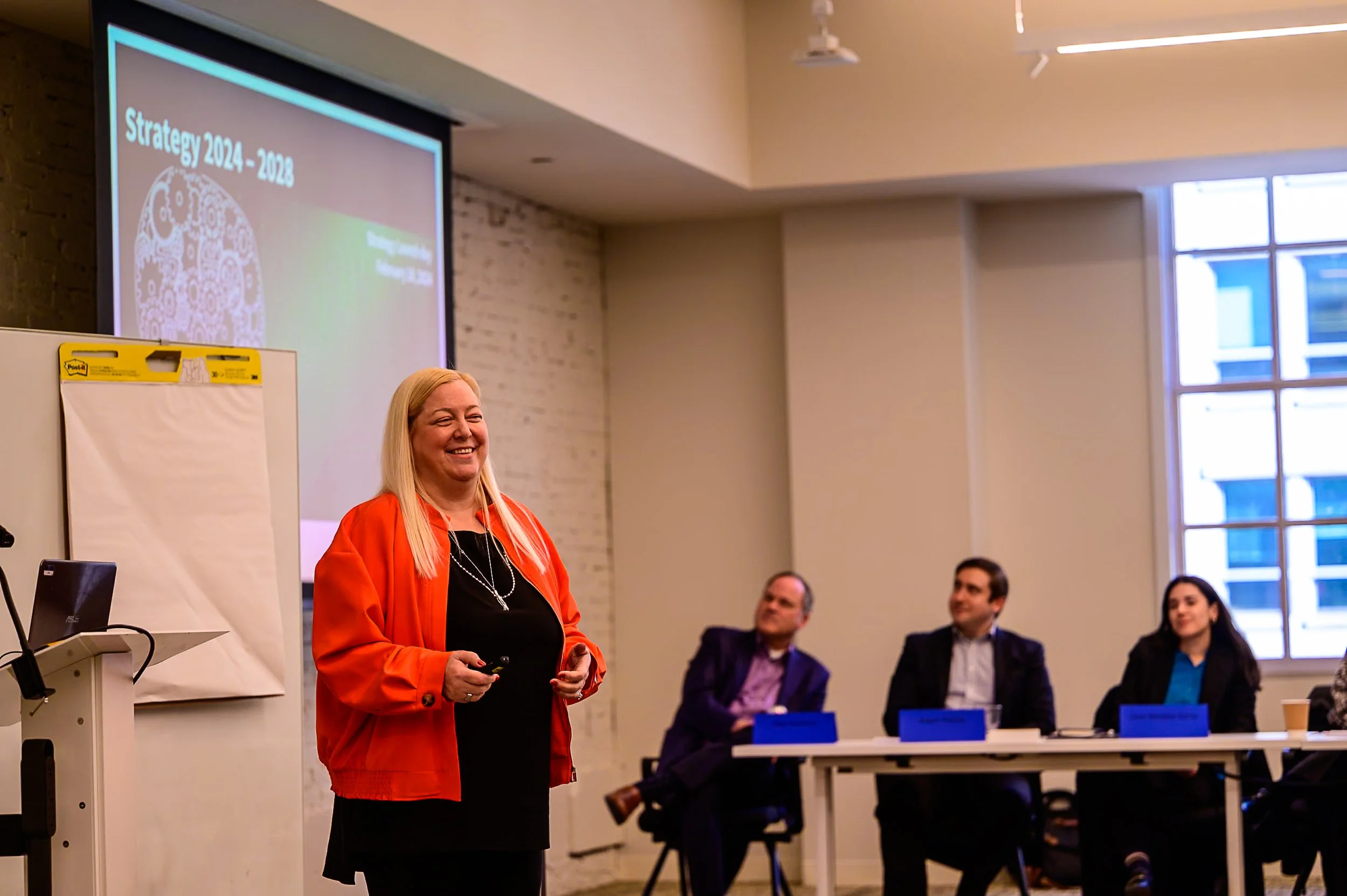
Arc Aspicio Participates in Virtual Pitch Practice with the Junior Achievement of Greater Washington
Arc Aspicio Participates in Virtual Pitch Practice with the Junior Achievement of Greater Washington
Washington, DC, May 8, 2020 — Arc Aspicio recently supported a virtual pitch practice with the Junior Achievement (JA) of Greater Washington (JAGW). Arc Aspicio supported the pitch practices as part of the JA Company program, an intensive after school program offering high school students the chance to put their ideas into action by launching and operating a real startup with other students under the guidance of business professionals.
JA is the world’s largest organization dedicated to educating students in grades K-12 about financial literacy, work readiness, and entrepreneurship. Our consulting volunteers supported student teams that are preparing to compete at the JAGQ Company of the Year Competition on May 15 and 16.
One aspect of the competition is a pitch, where each company presents their understanding of the company and discusses overall experiences in front of a panel. Arc Aspicio volunteers served as mock judges on the panel to help two student companies practice their pitch. The students delivered their pitch and our volunteers asked questions about financials, marketing, sales, supply chain, corporate social responsibility, and management and leadership to help them prepare for questions they may receive from judges at the competition. Volunteers also provided recommendations on how to format their pitch, feedback on the pitch slide deck, and advice on how to respond to questions from the panel.
“The virtual pitch practice with JAGW was an amazing opportunity to see the entrepreneurial spirit of these high school students. We are excited to see how the two teams do in the final competition!” said Samantha Uditsky, Arc Aspicio’s Community Involvement Leader.
Innovation and entrepreneurship, core components of the JAGW company program, align with Arc Aspicio’s culture. Our consultants used entrepreneurial skills in listening, observing, and questioning to help these student companies prepare.
Contact Information
Lynn Ann Casey
Chief Executive Officer
info@arcaspicio.com
1.703.465.2060





















